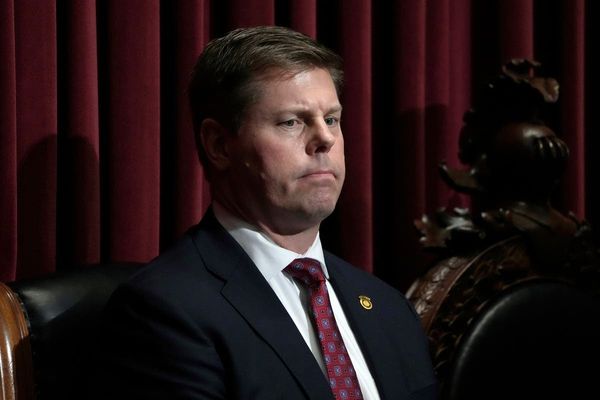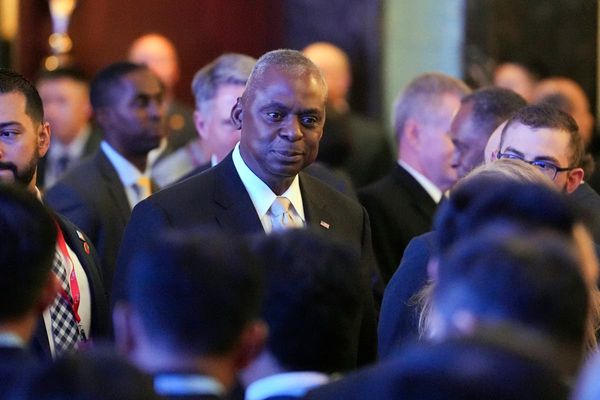
A $45bn naval shipbuilding project faces “significant” cost blowouts after defence officials failed to properly consider “value for money”, according to a new audit report.
Wednesday’s report criticises the initial stages of the program to build nine new Hunter-class frigates for the Royal Australian Navy – a process that occurred during the former Coalition government’s time in office.
The report’s release coincided with the Labor government introducing new legislation to pave the way for another complex and expensive shipbuilding project: acquiring nuclear-powered submarines under the Aukus pact.
The Australian National Audit Office (Anao) found that the Department of Defence’s management of the Hunter class procurement had been only “partly effective”.
“Defence’s procurement process and related advisory processes lacked a value for money focus, and key records, including the rationale for the procurement approach, were not retained,” the report tabled in parliament said.
“Contract expenditure to date has not been effective in delivering on project milestones, and the project is experiencing an 18-month delay and additional costs due in large part to design immaturity.”
The report said the design issues had driven up the cost to Defence by $423m so far. But it added: “At January 2023 the project was forecast to exceed the whole of project budget approved by government by a significant amount.”
The Turnbull government announced in June 2018 that the Hunter class frigates would be designed by the British company BAE Systems and built at the Osborne shipyard in Adelaide.
The then government said it had made the decision after “a rigorous and comprehensive competitive evaluation process” that had also considered options from Italy’s Fincantieri and Spain’s Navantia.
But the Anao found the advice provided to the government was “not complete”, because Defence had failed to make clear that a value-for-money assessment had not been conducted.
Defence recommended the BAE option “based primarily on anti-submarine warfare capability”, but some documents surrounding the process were not retained, the report said.
The contract management plan was established only three and a half years after the contract was executed.
Responding to the Anao report, the Department of Defence agreed to two recommendations to improve its processes, but disputed the findings.
“Defence demonstrably considered value for money throughout the procurement process,” the department said.
But the defence industry minister, Pat Conroy, said the Anao report “demonstrates yet again the bungling and mismanagement of critical defence projects by the former Coalition government”.
The Greens’ defence spokesperson, David Shoebridge, said the “scathing” report placed “even more question marks around the capacity of Defence to deliver” the Aukus nuclear-powered submarine project.
A spokesperson for BAE Systems said: “The Hunter program continues to make strong progress and we have begun building the first schedule protection block – which will be used in the first ship. We remain committed to building nine anti-submarine warfare frigates for the Royal Australian Navy.”
The Hunter class frigate program is under fresh scrutiny because the Albanese government has ordered a new review of the navy’s surface fleet needs.
The retired US navy Vice-Admiral William Hilarides – who has long been a source of advice to successive Australian governments on naval matters – is one of three people appointed to conduct the review over the next few months.
The others are the former Department of Finance secretary Rosemary Huxtable and retired Royal Australian Navy Vice-Admiral Stuart Mayer.
They will consider whether any changes are needed to the navy’s surface fleet plans in light of the decision to acquire nuclear-powered submarines.
On Wednesday the government introduced a bill to clarify that the existing ban on civil nuclear power in Australia does not prevent “conventionally armed, nuclear-powered submarines”.
The submarine program is expected to cost between $268bn and $368bn over the period from now to the mid-2050s.







